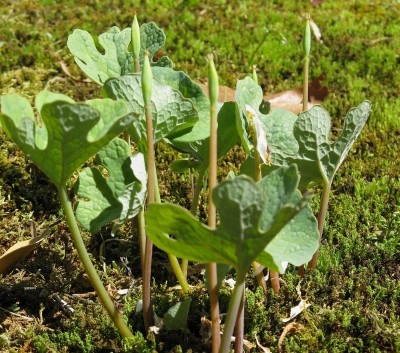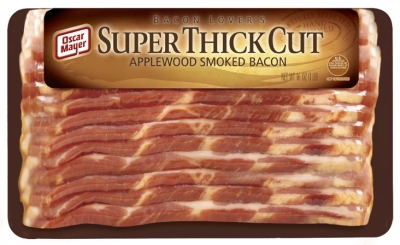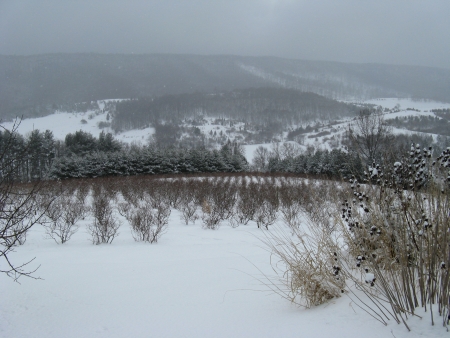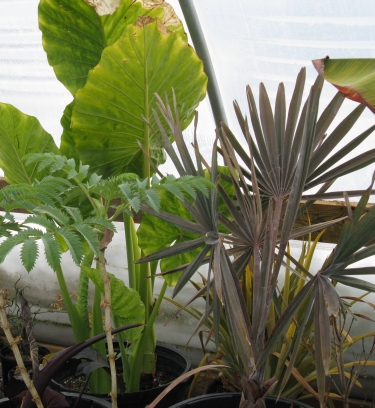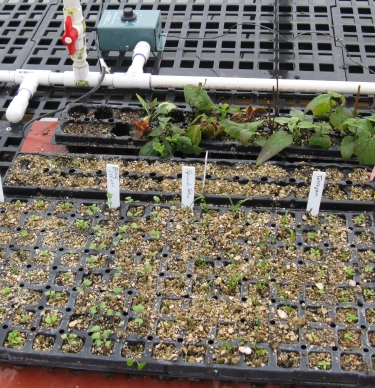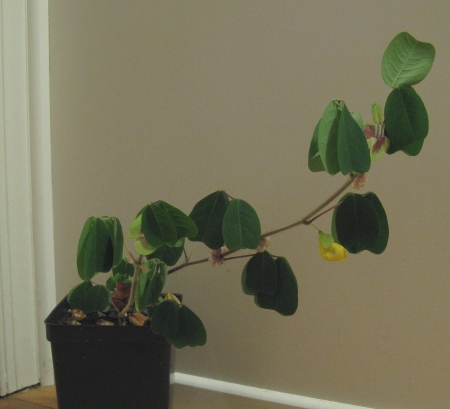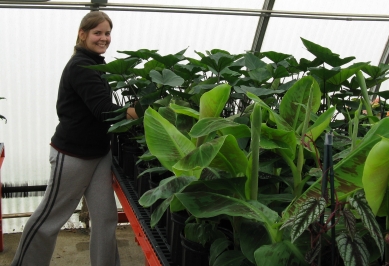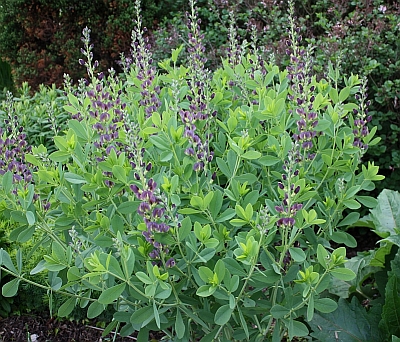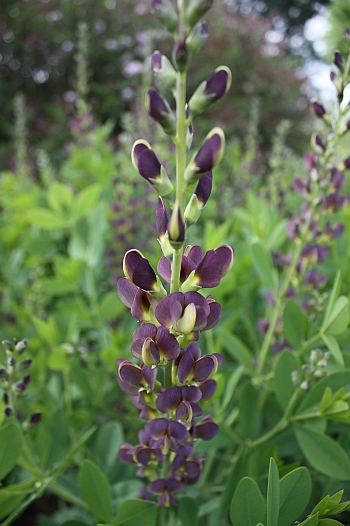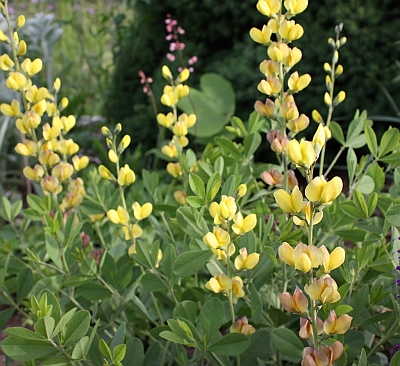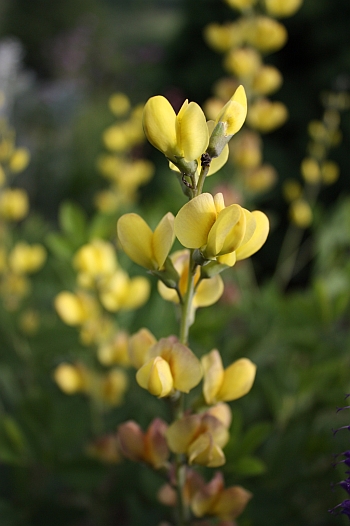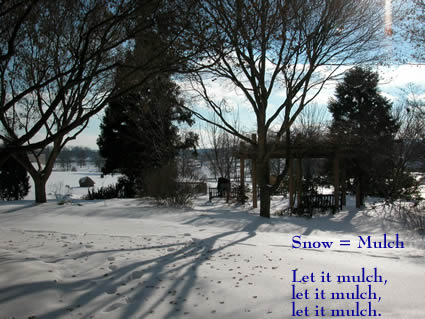
File this under “short-sighted acts of government”. What, that cabinet is full to overflowing?
In the wild world of U.S. Land Grant Universities, faculty appointments can consist of varying ratios of “the three missions”: Teaching, Research, and Outreach. The Cooperative Extension Service is the formalized version of outreach. Three of us Garden Professors (Linda, Jeff, and Bert) have Extension appointments. I personally do so much outreach with both gardeners and industry that everyone thinks I’m in Extension, so I’ll consider it an honorary appointment.
Extension does so many fabulous things for so many people, space does not allow me to even get started. It’s not “plows and cows” anymore – urban areas receive amazing benefits in terms of environmental education, programs for K-12 (e.g. 4-H), family and consumer services, and big push over the last decade in urban horticulture.
Among all the programs Extension administers (and there are loads), the program I’m most partial to is Master Gardeners (MGs for short). I instruct training sessions, and give gardening talks across the state. Once trained, MGs provide gazillion volunteer hours at no charge to the state, in areas as diverse as consumer horticulture to school gardening. Our campus garden utilizes volunteer hours from MGs on nearly a weekly basis
Hang in there, I’m getting to the point.
Cooperative Extension has been prone to budget cuts for quite a while now – for most states, the fat was long ago cut away, and further cuts are going straight to the bone. Imagine the alarm when out of the blue yesterday came an email update on the state’s legislative issues and actions, most of which are actions on our huge budget shortfall:
Virginia Cooperative Extension (VCE) & Agriculture Research Stations
Introduced Budget: Reduction of $1.1 million in FY1; reduction of $4.5 million in FY2
House Budget: Mandates a restructuring of VCE: Closes offices in Alexandria, Arlington, Fairfax, Norfolk, Petersburg, Portsmouth, Prince William, City of Richmond; Consolidates [an additional] 13 offices [moving to a nearby county]; Eliminates Family & Consumer Services, Community Vitality, and lawn/garden programs statewide leaving an emphasis on agriculture programs outside the urban corridor. Savings of $2.5 million in FY2. Senate Budget: No change from introduced budget.
This proposed budget would effectively close down Extension in (by far) the most heavily populated areas of Virginia – Northern Virginia, the Richmond area, and the Virginia Beach area.
From Dave Close, our Virginia MG Director, comes these figures:
“Statewide in 2009, our more than 5,000 VCE MG volunteers reported in excess of 334,000 volunteer hours (at a value of $6.76 million) and more than 577,000 contacts. We have right at 60 individual MG units that provide coverage of 85% or so of our counties and cities statewide.”
Dave goes on to note more good things that MGs are involved in:
1) Environmental quality (air, water, and soil; rural-urban interface concerns such as wildland fire and how it can impact personal property and what to do to mitigate against the potential threat of wildland fire, etc.)
2) Working with youth (school and community gardening programs for instance)
3) Value of the landscape (economic returns from sustainably maintained landscapes – tax revenue from personal property, ecotourism, local economic development, personal savings realized from strategically planted trees in your landscape to reduce energy bills, etc.)
4) Food safety and security (growing your own food, local food initiatives, farmer’s markets, knowing how to safely store and preserve the food you grow, biosecurity and dealing with invasive plants and pathogens, etc.)
5) Quality of life improvement (working with populations with limited skills or abilities, working in detention centers for youth or adults giving them usable trade skills in the green industry, public health and safety issues such as mitigating against public health concerns such as west nile virus, etc.)
Now take a look at that House budget again – eliminating VCE in the most populated counties results in a one-time savings of $2.5 million. 2009 Statewide value of MG hours: $6.76 million.
I know many, many other sectors of public service and higher education are also in critical condition. But cash strapped state or not, I’d call this cutting your nose off to spite your face.


